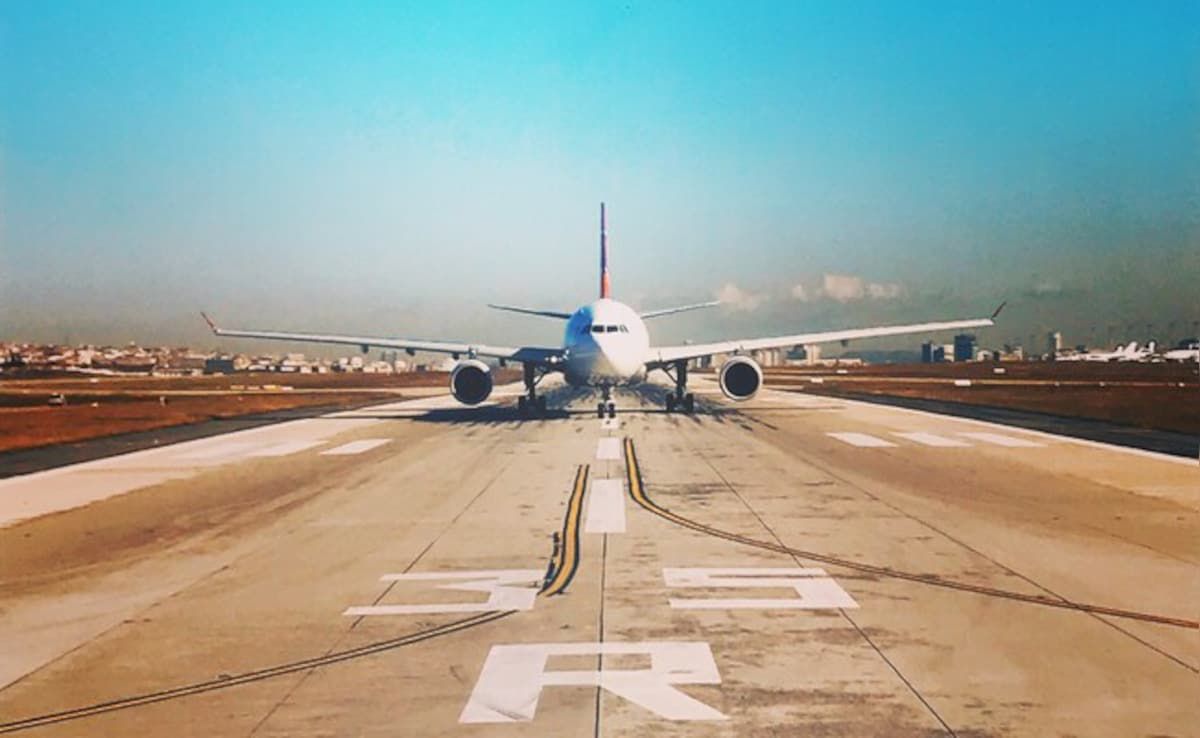 Image Source: NDTV
Image Source: NDTV
India has undergone a remarkable transformation in its civil aviation infrastructure over the past five years, with a massive infusion of capital amounting to more than ₹96,000 crore from 2019-20 to 2024-25. This robust investment, shared between the Airports Authority of India (AAI) and private airport developers, aims to expand, modernise, and upgrade airport capacities to meet soaring air traffic demands and support the country’s economic growth.
Key Highlights: Scale and Sources of Investment
The Airports Authority of India contributed over ₹25,000 crore from its own resources alongside government budgetary grants targeting underserved airports under the Regional Connectivity Scheme (RCS-UDAN).
Private sector players, including prominent airport developers, invested the remainder of the ₹96,000 crore, highlighting strong public-private partnerships (PPPs) driving India's airport expansion and modernisation.
Year-on-year capital expenditure figures showcase a rising trend with investments of ₹11,742 crore in FY 2020-21 growing to an estimated ₹19,317 crore in FY 2024-25, illustrating accelerating development efforts.
Infrastructure Upgrades and New Developments
Investments focused on an array of projects, including the construction of new airports, expansion and modification of existing terminals, addition of passenger amenities, and runway and apron extensions.
Critical air navigation services were enhanced through upgrades to control towers and technical blocks ensuring improved operational safety and efficiency.
Notable new airports and expansions have taken place at metros and emerging hubs such as Delhi, Bengaluru, Hyderabad, Lucknow, Navi Mumbai, Noida (Jewar), Mopa, and Guwahati.
Regional airport development under the RCS-UDAN scheme was supported with grants totaling ₹4,500 crore in Phase I and ₹1,000 crore allocated for Phase II (2023-24 to 2025-26), aiming to revive unserved and underserved airports to boost inclusive connectivity.
Geographical Spread and Project Spectrum
The investments span across the country, encompassing major metropolitan airports as well as smaller regional aerodromes in states like Assam, Tamil Nadu, Maharashtra, Gujarat, Uttar Pradesh, and Andhra Pradesh.
Modernisation initiatives also include airports in tier-2 and tier-3 cities, supporting the government’s vision of balanced regional development and enhanced access to remote areas.
Significant infrastructural projects at airports such as Chennai, Kolkata, Bengaluru, Mangalore, and Surat have improved passenger experience, capacity, and safety standards.
Sectoral Impact and Future Outlook
This large-scale capital infusion reflects India’s preparedness to cope with the expected surge in passenger volumes as the country gears to become the world’s third-largest aviation market by 2030.
Development of new airports and modernisation of existing ones play a crucial role in supporting trade, tourism, and economic activities while generating employment and business opportunities.
Continued investments aim to integrate cutting-edge technologies and sustainability practices, with airports adopting smart systems, automation, energy efficiency, and carbon-neutral infrastructure designs.
The government’s focus on increasing the number of operational airports to 220 by 2025, up from about 150 today, depends heavily on sustained capital funding and private sector participation.
Challenges and Strategic Priorities
Land availability, socio-economic considerations, traffic demand forecasts, and airline willingness influence the selection and timing of airport development projects.
Managing timely execution while maintaining cost efficiencies and regulatory compliance remains a key challenge for both the AAI and private operators.
There is an ongoing emphasis on balancing modernization with inclusivity to ensure connectivity for smaller towns without compromising commercial viability.
Conclusion
The ₹96,000 crore investment in India’s airports over the last five years marks a significant stride in building world-class aviation infrastructure aligned with national growth ambitions. The collaborative efforts between the Airports Authority of India and private developers harness capital, expertise, and innovation to modernise existing hubs and widen the civil aviation footprint across the country. As India progresses toward becoming a global aviation leader, sustained infrastructure development will remain pivotal in enabling seamless connectivity, economic expansion, and technological advancement.
Sources: Economic Times Infra
Advertisement
Advertisement




